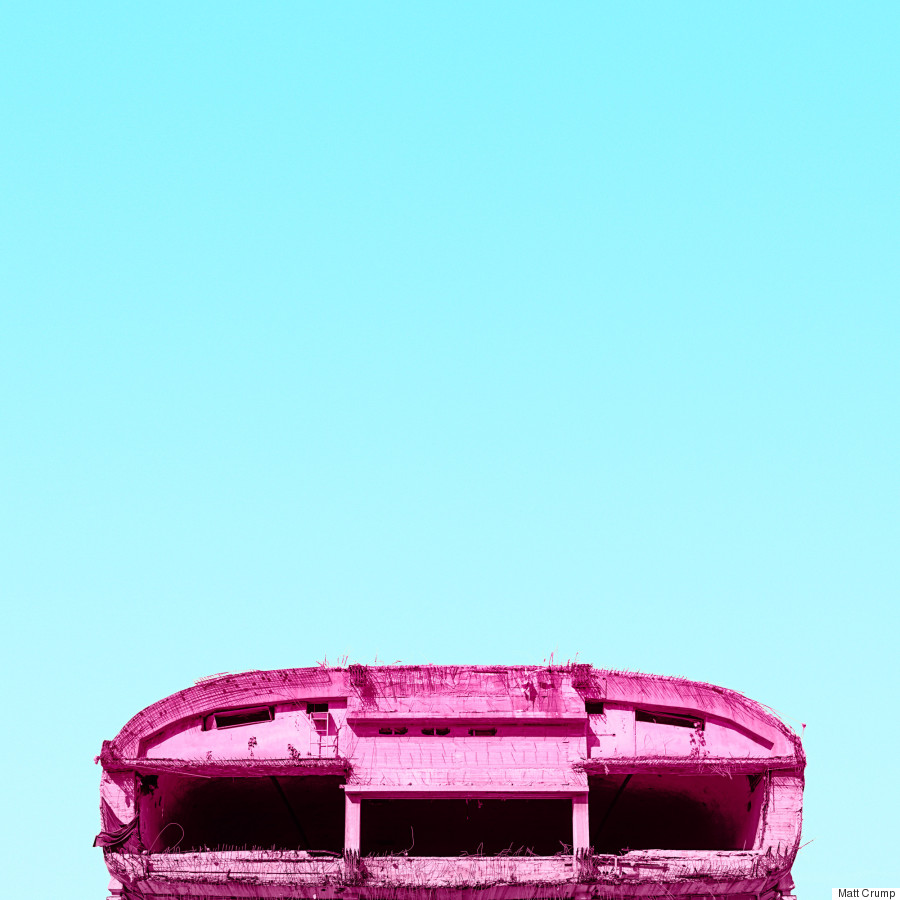Lebanese film director Khalil Zaarour is set to appear at a Michigan film screening of his 2017 drama “Nour,” which follows the story of a 15-year-old girl forced into marriage.
The Lebanese American Club of Michigan (LACOM) is hosting the screening Oct. 24 at the Landmark Main Art Theatre in Royal Oak, Mich., about 15 miles from Detroit.
The event begins at 7 p.m. with a meet-and-greet with Zaarour, who is traveling from Lebanon. Tickets are $15 per person.
According to its website, “Nour” features the story of a young girl forced to marry a boy she despises.
“Her carefree summer days morph into claustrophobic confinement and household chores,” the film’s synopsis said. “Nour mourns her lost childhood and scattered dreams. Easy summer days full of dreams, love and joy were the world of Nour and her group of friends who are torn apart by an event that changes Nour’s life forever.”
WATCH: Trailer for “NOUR” a film by Khalil Dreyfus Zaarour:
Zaarour is an award-winning writer and director known for his films, “Malaki” and “The Window,” which received the Best Film Award during the 13th European Film Festival.

For tickets to “Nour” in Royal Oak, Mich., click here. Zaarour is also appearing at a Washington, D.C. screening of the film, hosted by the LAU Alumni D.C. Chapter. Tickets to the D.C. event can be purchased here.















